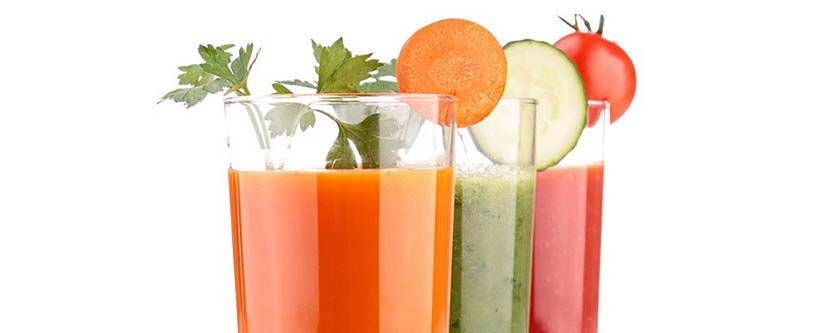Worldwide 614 million women between the ages of 15-49 years suffer from haemoglobin deficiency commonly
[the_ad id=”6114″]known as anaemia. In India, 51% of all women in their reproductive age are anaemic as per the Global Nutrition reports.
Blood and Iron: Haemoglobin
Haemoglobin, a metalloprotein constituting the core of red blood cells, vested with the task of carrying oxygenrich blood within the body from the lungs, plays a great role in body is overall functioning. Around 70 % of the body’s iron is found in the haemoglobin which is essential respiration, metabolism and immunity.
Haemoglobin value in the body
Haemoglobin count in blood is measured in grams per decilitre of whole blood. The normal ranges vary depending on the age and gender. The normal haemoglobin range is:
New-born – 17-22 gm/dl
Children – 11-13gm/dl
Adult male – 14-17gm/dl
Adult women – 12-15gm/dl
Haemoglobin deficiency leads to iron deficiency anaemia
A lower level of haemoglobin in blood is referred as iron deficiency anaemia. After a negative iron balance, haemoglobin synthesis is compensated by mobilization of iron from stores and when the stores of iron fail to release sufficient iron, iron deficiency anaemia is developed.
Low blood cells or haemoglobin in blood can be the result of several factors like, blood loss, internal bleeding, and nutrient deficiency like low iron, vitamin B12, Folate, bone marrow disorder, and abnormal haemoglobin structure.
Symptoms of Anaemia:
- Fatigue
- Pale skin
- Palpitation
- Falling short of breath
- Dull aching pain in legs dull
Apart from this headache, feeling itchy, altered taste, hair loss, abnormally smooth or soar tongue, pica a condition characterized by the desire to eat non-edible items like clay, chalk, ice or paper and brittle nails.
Impairments in cognitive and logical functions are common in iron deficiency anaemia. Iron plays a key role in the metabolism of monoamines in the brain thus iron deficiency leads to symptoms such as apathy, drowsiness, irritability and lack of attention occur due to impaired monoamine oxidize activity. Patients will low haemoglobin level often exhibit similar psychological characteristics of a depressed person.
Depression is common in patients with haemoglobin deficit. Arrhythmia, heart failure and enlarged heart are caused by low haemoglobin level in the body. Low haemoglobin also alters the immunity system thus making people vulnerable to infections.
Haemoglobin Deficit and Sleep Disorder
Low haemoglobin level in the body causes fatigue and inability to perform physical activities. The body has its own compensatory mechanism to fight the fatigue and constant tiredness patients with Iron deficiency anaemia tend to sleep more than usual. However, sleeping too much can actually cause further tiredness during the day. Getting an uninterrupted night of sleep and taking a 20-minute nap during the day can help the patient cope better with the fatigue.
Patients with haemoglobin deficiency often develop restless leg syndrome, a disorder characterized by unpleasant sensation in the leg and the constant feeling to move the leg and put it to ease. This results in interrupted and lack of sleep which can affect the cognitive capacity in a person and also affect the digestion.
Insomnia has adverse affects on the body leading to acute depression and anxiety disorder. It also affects the cognitive power of the brain and prolonged sleep deprivation can make a patient suicidal.
Risk factors
While old people are at great risk of developing haemoglobin deficiency, some lifestyle factors play a great role in the development of the conditions. Athletes or workout fanatics are under threat of falling short of haemoglobin in blood, as physical exertion can lead to a breakdown of red blood cells in the bloodstream. Women who are menstruating or pregnant may also be at increased risk of developing anaemia.
Smoking, drinking induces excess need of oxygen in the body thus the need is compensated with stored haemoglobin for a while resulting in inadequate haemoglobin level in body.
Restoring the haemoglobin level in body
Before the slight imbalance in haemoglobin level leads to iron deficiency anaemia, the iron level in the blood must be restored. While meditative supplements can be immediately effective, home remedies can help sustain the effect.
Supplementing iron through diet is the best option to provide the body with iron required. Some of the foods that are iron enriched and can shoot up haemoglobin level in the body are:
- Leafy Greens: these are the best source of non-haem iron which is essential for the production of haemoglobin and red blood cells. Spinach is easily available and contains 2.71mg iron/ 100gm, lettuce contain 1.24mg iron /100gm,and basil contain 3.17mg iron/ 100 gm.
- Beans: Kidney beans, chickpeas, black-eyedbeans soya bean contain good amount iron.
- Poultry and Meat: Lean red meat, chicken and eggs contain iron as well as protein and other nutrients.
- Sea Food: Clams, oysters, mackerel, muscles are some of the sea fish that can be included in the diet unless allergic to sea food.
Milk products are high on iron and also satiate the body’s calcium levels. Yogurt, cottage cheese are great source of iron.
Body needs a balanced level of haemoglobin to function better. Regular screening of haemoglobin level in the blood is essential. Before taking and medication or adding iron supplement, please consult a doctor as self-medication can aggravate situation and cause health hazards.
Source:

